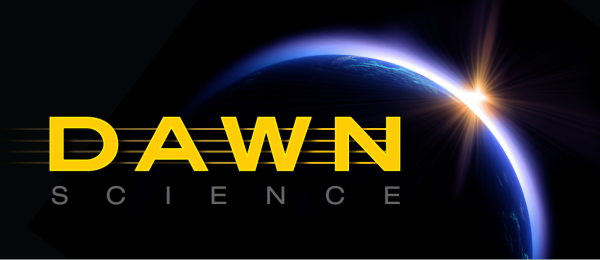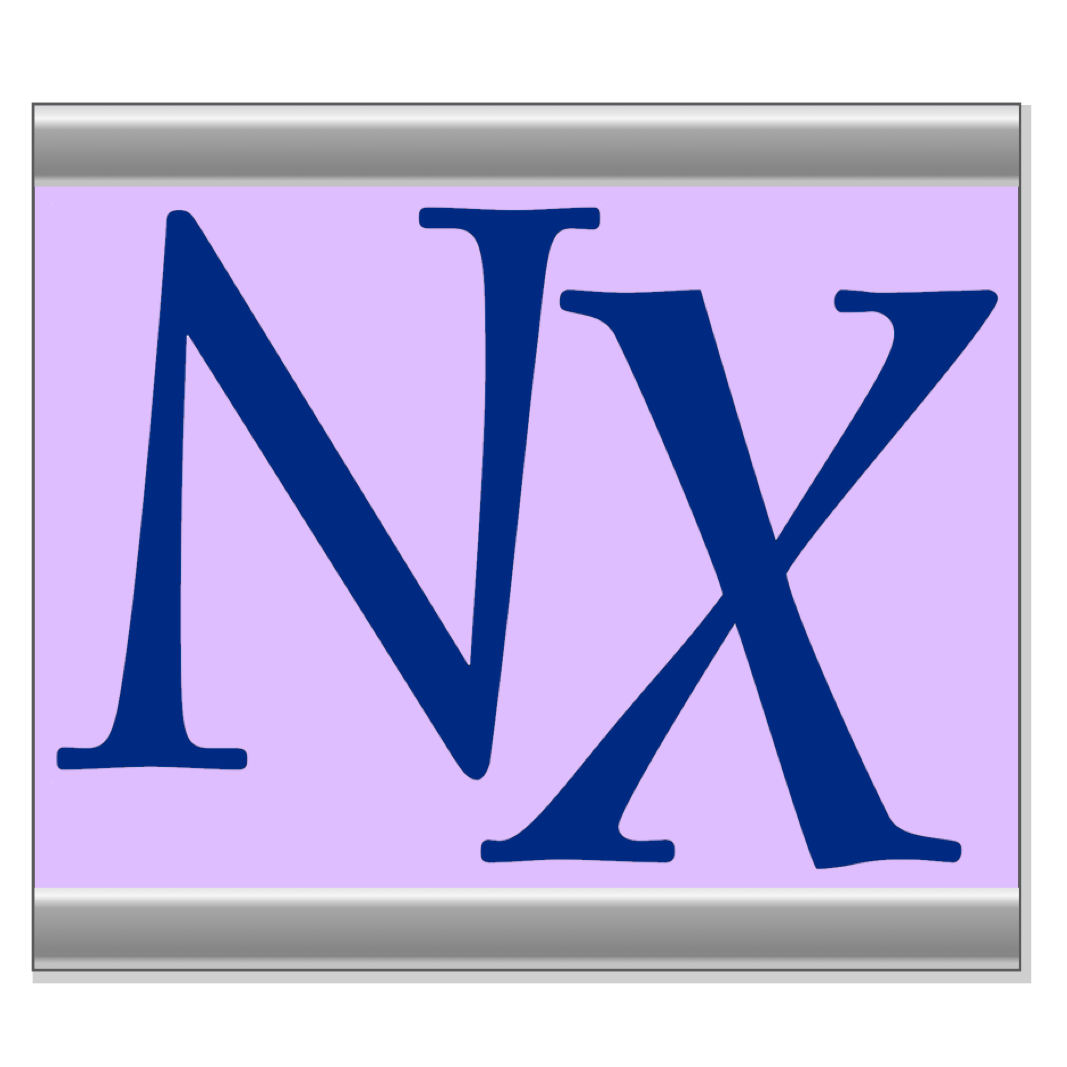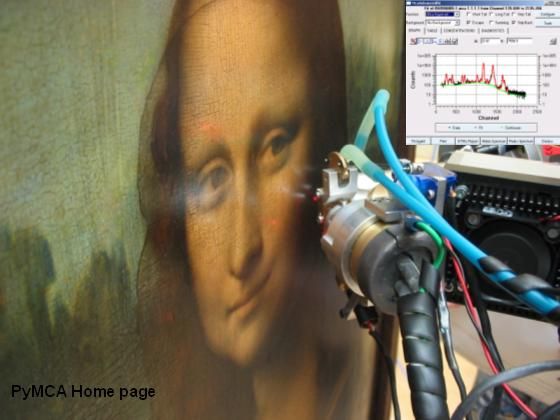Software

DAWN
DAWN, the Data Analysis WorkbeNch, is an Eclipse based application for scientific data analysis. It comes with a range of tools for visualization (1D, 2D and 3D), code development environments (for Python, Jython and Eclipse plug-ins) as well as processing workflows with visual algorithms for analyzing scientific datasets. It is primarily developed at Diamond Light Source, but external contributions are most welcome! DAWN is distributed freely and is released under the Eclipse Public License.

iFit
The iFit library (pronounce [eye-fit]) is a set of methods to load, analyse, plot, fit and optimize models, and export results. iFit is based on Matlab, but can also be launched without Matlab license (stand-alone version).Matlab It does not currently include advanced graphical user interfaces (GUI), and rather focuses on doing the math right. Any text file can be imported straight away, and a set of binary files are supported. Any data dimensionality can be handled, including event based data sets (even though not all methods do work for these). Any model can be assembled for fitting data sets. Last, a number of routines are dedicated to the analyses of S(q,w) and S(alpha,beta). More advanced features include the full automation to compute phonon dispersions in materials, using DFT codes such as ABINIT, ELK, VASP, QuantumEspresso, GPAW and more (Models/sqw_phonons). The software can also compute the neutron TAS resolution function (4D) and fits to experimental data with full resolution convolution (ResLibCal). An interface for McStas and McXtrace is also available to automate and optimize instrument simulations.

McStas
A neutron ray-trace simulation package. McStas is a general tool for simulating neutron scattering instruments and experiments.
nexdatas
Historically it is the job of the Control Client (CC) to write the data recorded during the experiment (this is true at least for low rate data-sources). However, with the appearance of complex data formats like Nexus the IO code becomes more complex. To cope with this complexity, NexDaTaS has been developed jointly by PNI-HDRI and PaNdata to provide an easy to use interface between the NeXus data integration and the control system. NexDaTaS is realized as a Tango server which allows to store NeXuS Data in H5 files. The server provides storing data from other Tango devices, various databases as well as passed by a user client via JSON strings.

NeXpy
NeXpy provides a high-level python interface to NeXus data contained within a simple GUI. It is designed to provide an intuitive interactive toolbox allowing users both to access existing NeXus files and to create new NeXus-conforming data structures without expert knowledge of the file format. The underlying Python API for reading and writing NeXus files is provided by the nexusformat package, which is also described here.
pni-libraries
The PNI libraries are a stack of related C++ libraries developed with the intention to simplify the development of scientific software in the field of Photon-, Neutron, and Ion-scattering.

PyMca
X-ray Fluorescence Toolkit (visualization and analysis of energy-dispersive X-ray fluorescence data). . The program allows both interactive and batch processing of large data sets and is particularly well suited for X-ray imaging. Its implementation of a complete description of the M shell is particularly helpful for analysis of data collected at low energies. It features, among many other things, the fundamental parameters method

tomwer
Tomwer is offering tools to automate acquisition and reconstruction processes for Tomography. It contains: - a library to access each acquisition process individually - gui and applications to control main processes (reconstruction, data transfert...) and execute them as a stand alone application. - an orange add-on to help users defining their own workflow (http://orange.biolab.si)
- ← Previous
- 1
- Next →

